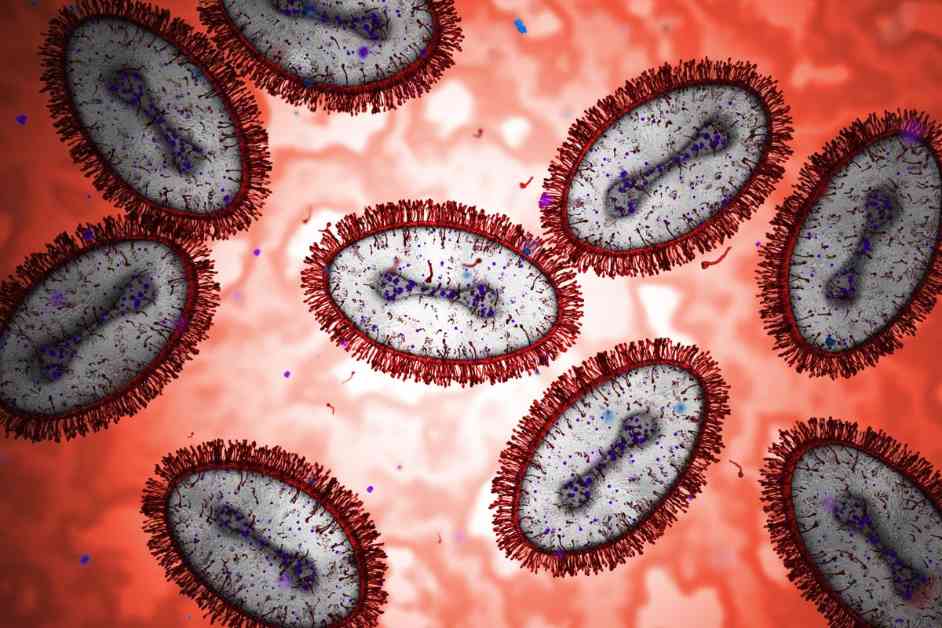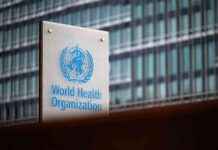Scientists have identified more than 30 different pathogens that they fear could cause the next big pandemic in humans. The World Health Organization (WHO) recently updated its list of ‘priority pathogens’ to include influenza A virus, dengue virus, and monkeypox virus. This list helps organizations focus on developing treatments, vaccines, and diagnostics for these potential threats.
The selection of these priority pathogens was based on their potential to cause a global public-health emergency, such as a pandemic. The WHO identified pathogens that are highly transmissible, virulent, and for which there is limited access to vaccines and treatments. The previous efforts in 2017 and 2018 focused on roughly a dozen priority pathogens, but the latest list has expanded to include more dangerous pathogens.
The evaluation process involved over 200 scientists who spent two years analyzing evidence on 1,652 pathogen species, mostly viruses and some bacteria. Among the additions to the list are the group of coronaviruses that includes SARS-CoV-2 and MERS-CoV, as well as the monkeypox virus and the variola virus that causes smallpox. These pathogens are considered priorities due to their potential to cause widespread outbreaks if not properly contained.
In addition to viruses, the list also includes bacteria strains that cause cholera, plague, dysentery, diarrhea, and pneumonia. Two rodent viruses have been added due to their ability to jump to humans and sporadically transmit between people. The bat-borne Nipah virus remains on the list as it poses a significant threat to both animals and humans.
Researchers also created a separate list of ‘prototype pathogens’ that can serve as models for basic-science studies and the development of therapies and vaccines. By focusing on less-studied viruses and bacteria, researchers hope to encourage more research and preparation for potential future pandemics.
While the list of priority pathogens is based on current knowledge and understanding, researchers acknowledge that new pathogens could emerge unexpectedly. The unpredictability of pathogens underscores the importance of ongoing research and preparedness in the face of potential pandemics.
Overall, the updated list of priority pathogens provides valuable insights into potential threats that could lead to global health emergencies. By identifying and prioritizing these pathogens, researchers and organizations can better allocate resources and efforts towards developing strategies to prevent and mitigate future pandemics.



